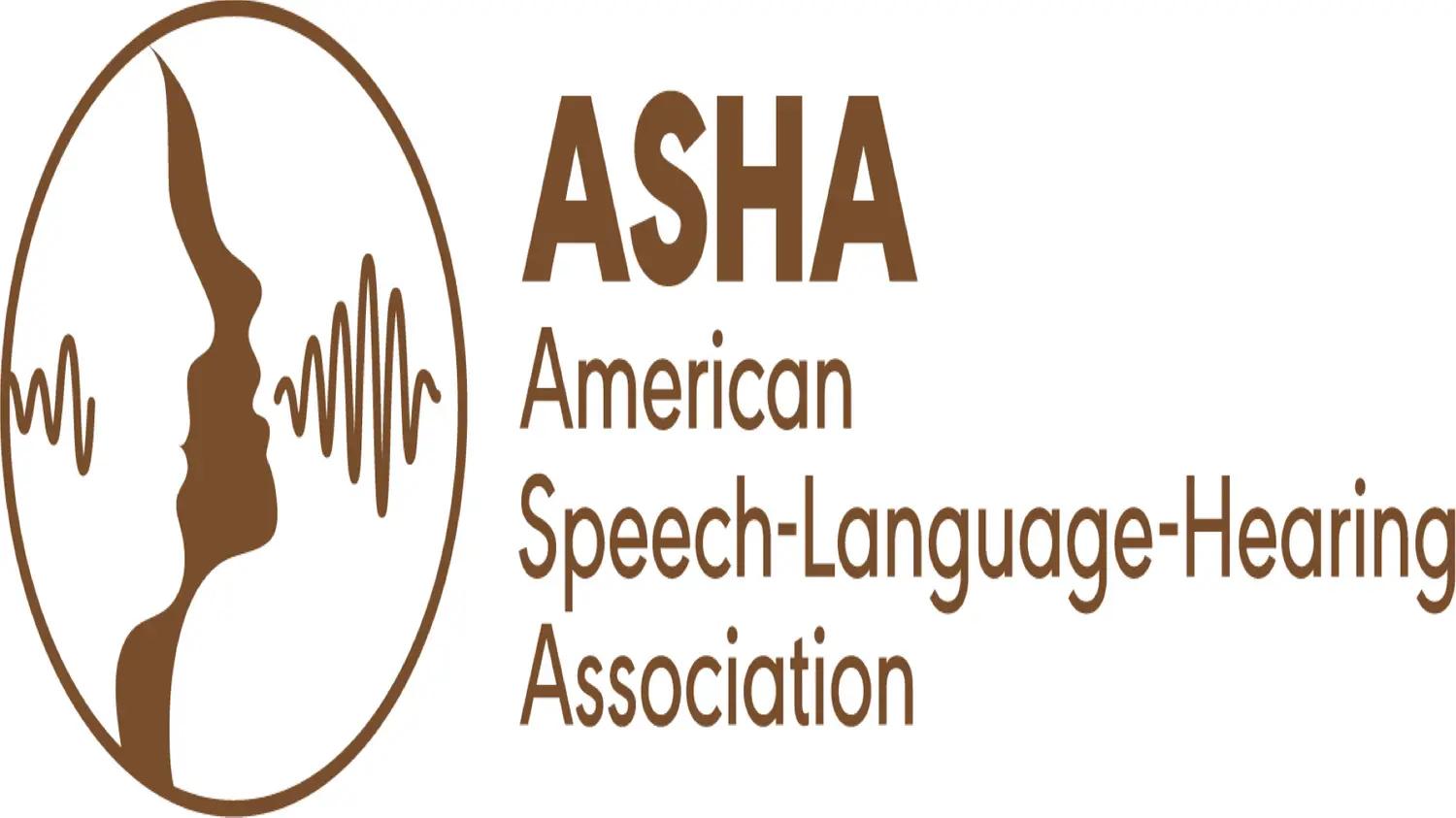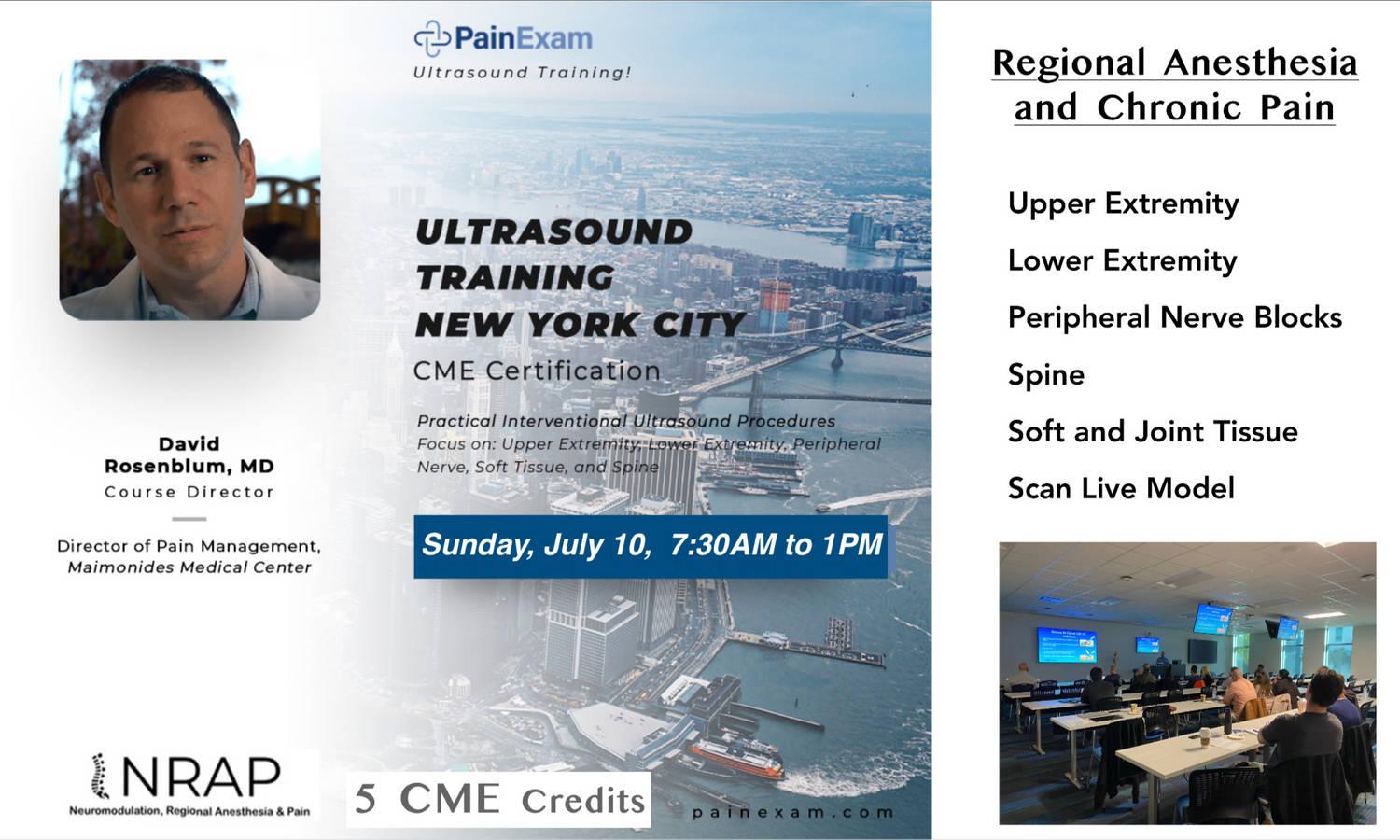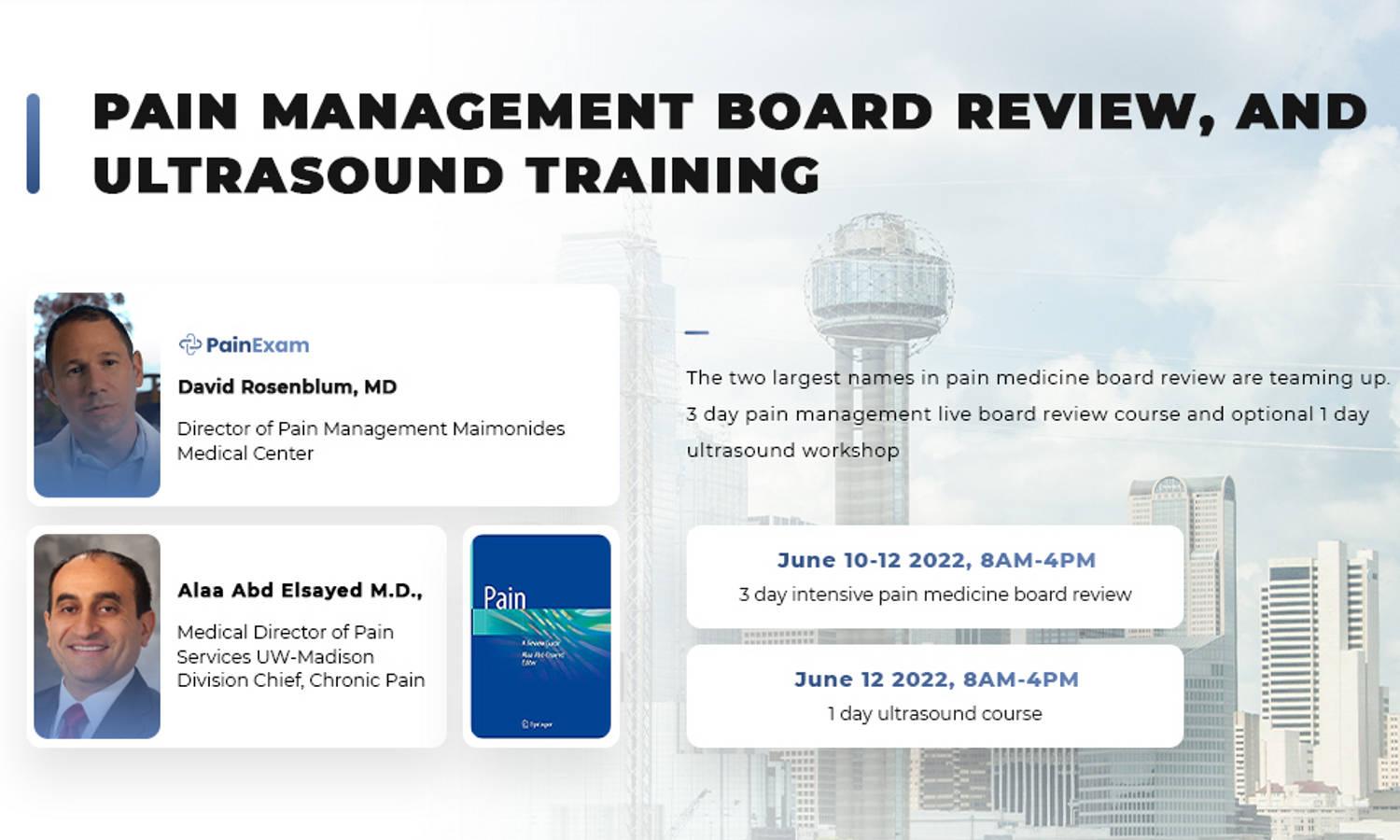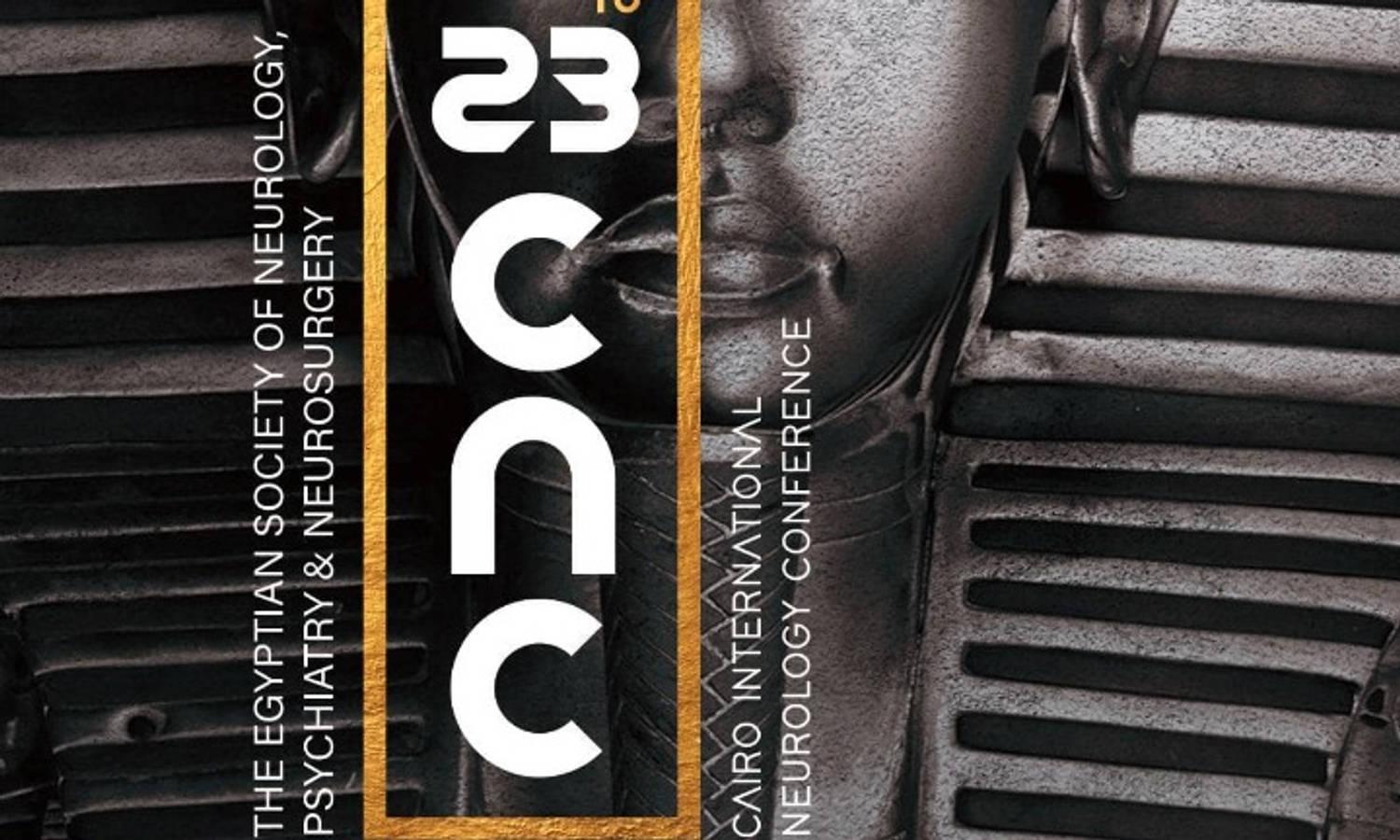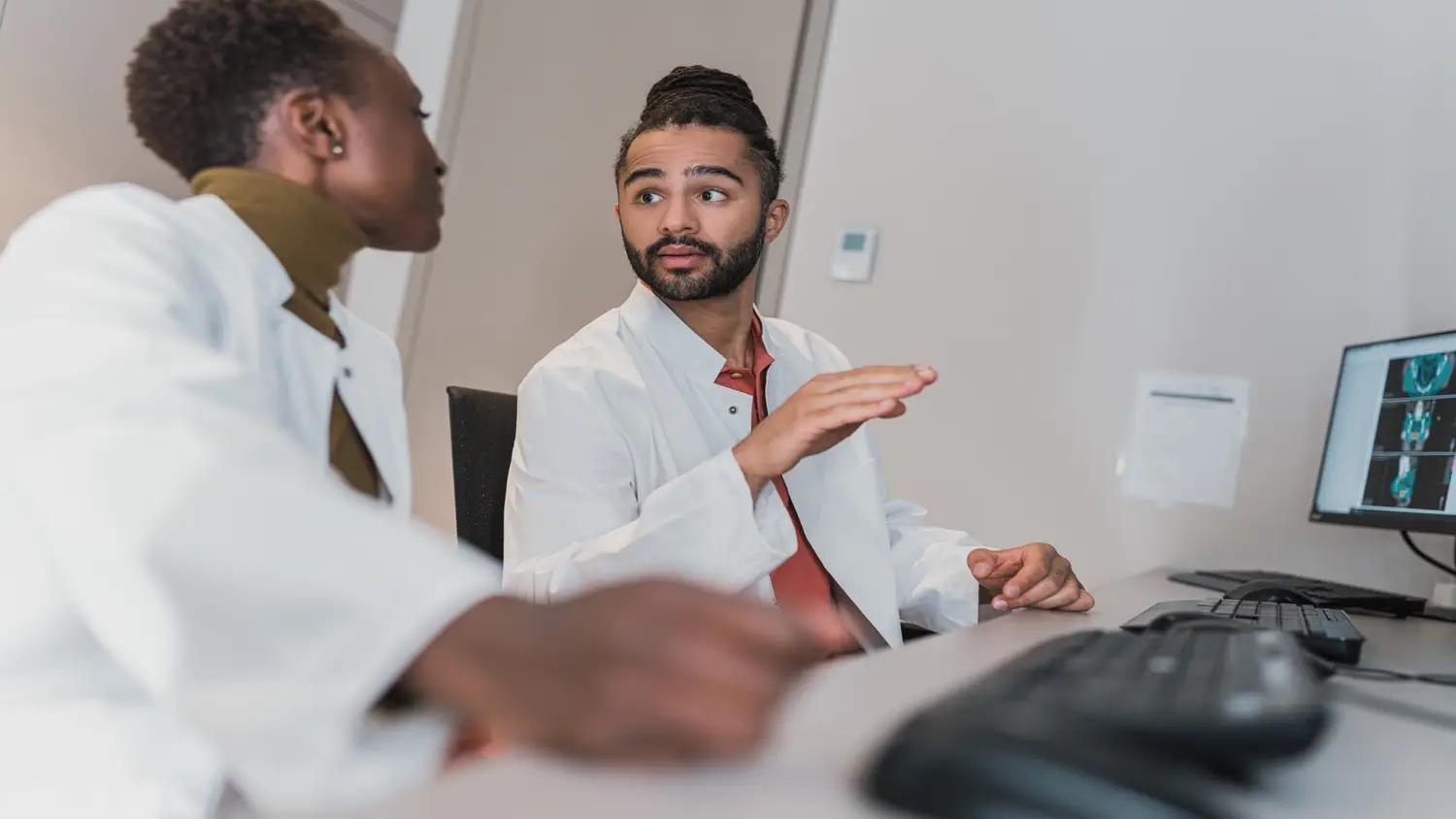
Stroke Survivors: Effective Management of Patients in Physical and Occupational Therapy
Stroke Survivors: Effective Management of Patients in Physical and Occupational Therapy is organized by National Centre of Rehabilitation Education (NCORE) and will be held from Mar 16 - 17, 2024 at Florence Nightingale Community Hospital, Derby, England, United Kingdom. This course has been approved for a maximum number of 16 CPD Hours.
Description:
Stroke is the leading cause of death and disability in the UK. While the majority of strokes occur in older people, about one-third of first-time strokes happen in middle-aged adults. There are 1.3 million stroke survivors living in the UK today and most of them are disabled and need long-term assistance from caregivers and from society.
This two-day course will focus on the therapeutic management of stroke survivors and address the latest research and clinical advances that have impacted the functional improvement following the rehabilitation of individuals with stroke.
The concepts and principles of this intermediate to advance-level course will enhance the clinician’s knowledge base and hands-on skills through lectures, case studies, videotape presentations, and lab sessions including demonstration and practice Instruction will focus on review and analysis of relevant topics including risk factors, pathophysiology, signs and symptoms, and secondary complications. Diagnostic tests, evaluations, differential diagnosis, sensory-motor deficits, medical management, acute and post-acute rehabilitation with different intervention strategies, and evidence-based information on rehabilitation will also be addressed. Emphasis will be placed on current research and novel discoveries on a variety of therapeutic approaches in the rehabilitation of stroke survivors.
Course Aims:
At the conclusion of this program, the learner will be able to:
• Describe stroke syndromes and link them to the corresponding damaged areas of the brain.
• Understand diagnostic technologies for differentiation between ischemic and hemorrhagic strokes
• Implement at least 3 examination procedures used to evaluate patients with stroke in order to establish a diagnosis and plan of care.
• Discuss the scientific and clinical rationale behind the development of the plan of care for the improvement of functional mobility in individuals following a stroke
• Identify and describe intervention strategies to promote functional movements in patients with acute, sub-acute, and chronic stroke and relate them to current evidence.
• Identify and implement different treatment techniques to improve balance and gait in managing the patient with stroke.
• Describe and demonstrate at least 3 treatment strategies in improving awareness of individuals with perceptual deficits following stroke
• Identify dysfunctional movement patterns of the upper extremity and implement 5 treatment techniques to reduce the pattern and improve overall functions.
• Demonstrate taping of shoulder, hand, knee, and ankle for protection of joints, management of pain, and facilitation of movements.


